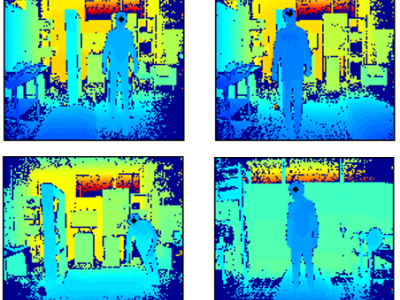LAMP_SMID_2109

- Citation Author(s):
- Submitted by:
- Alex Minetto
- Last updated:
- DOI:
- 10.21227/978y-na51
- Data Format:
- Research Article Link:
- Links:
 236 views
236 views
- Categories:
- Keywords:
Abstract
Radio Frequency (RF) signals transmitted by Global Navigation Satellite Systems (GNSS) are exploited as signals of opportunity in many scientific activities, ranging from sensing waterways and humidity of the terrain to the monitoring of the ionosphere. The latter can be pursued by processing the GNSS signals through dedicated ground-based monitoring equipment, such as the GNSS Ionospheric Scintillation and Total Electron Content Monitoring (GISTM) receivers. Nonetheless, GNSS signals are susceptible to intentional or unintentional RF interferences (RFIs), which may alter the calculation of the scintillation indices, thus compromising the quality of the scientific data and the reliability of the derived space weather monitoring products. Upon the observation of anomalous scintillation indices computed by a GISTM receiver in the Mediterranean area, the study presents the results of the analysis and characterization of a deliberate, unclassified interferer acting on the L1/E1 GNSS \replaced[id=G]{signal bands}{frequencies}, \replaced[id=G]{observed and captured}{captured} through an experimental, \replaced[id=G]{software defined radio setup}{setup based on a Software Defined Radio (SDR) architecture}. The paper also highlights the adverse impacts of the interferer on the amplitude scintillation indices employed in scientific investigations, and presents a methodology to discriminate among regular and corrupted scintillation data.To support further investigations, a dataset of intermediate frequency signals samples affected by the RFI is available at IEEE DataPort.
Instructions:
The datasets are collected in folders named according to the notation YYMMDD. Each folder contains hourly subfolders that include in turn the binary files.
The binary files belonging to the dataset were downconverted through an USRP N210 from an original center frequency of 1575.43 MHz (GPS L1 Galileo E1) with a sampling frequency of 5 Msps (Mega samples per second). Quantizatization depth was set to 16 bit.
The folders also contain MATLAB .fig figures reporting Time-Frequency Analysis and the converted .svg versions. Furthermore, the settings of the grabbing station are included in form of a MATLAB's .mat file named settings.mat.
The main settings to read the binary files of the dataset are reported as
- Intermediate frequency: 0 [MHz]
- Data Type: Int16
- Sampling mode: 'IQ' (In-Phase/Quadrature)
Please, refer to USRP documentation to read the data or contact the authors of the dataset.








